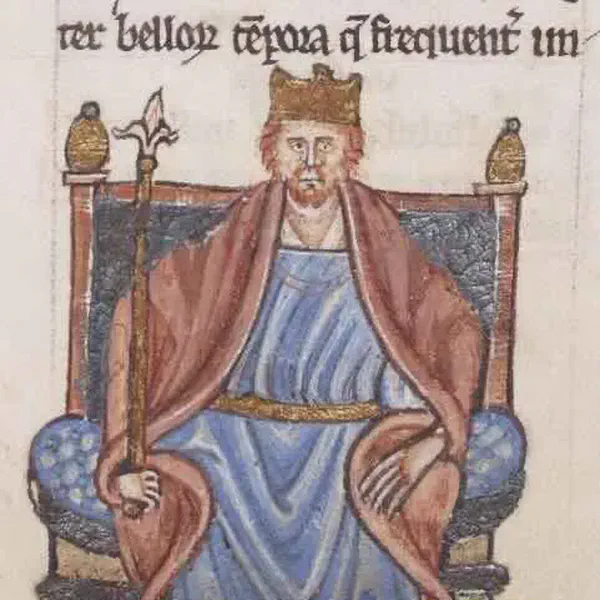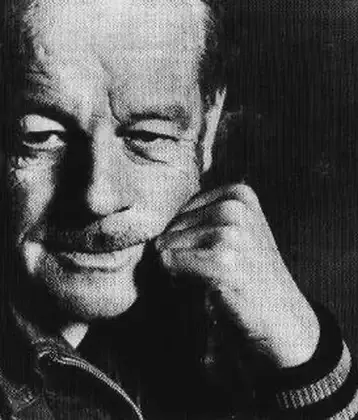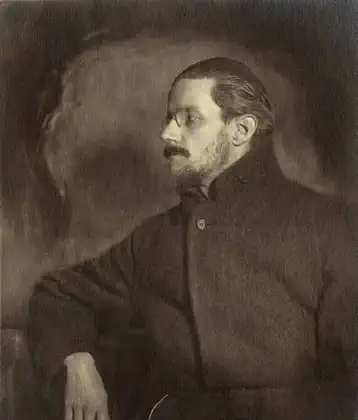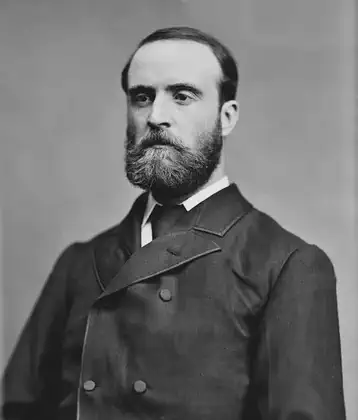On February 02, 1172 in Celtic History
The synod of cashel, the bishops of ireland, under duress, pledge allegiance to henry ii of england

The Synod of Cashel of 1172, also known as the Second Synod of Cashel, was assembled at Cashel at the request of Henry II of England shortly after his arrival in Ireland in October 1171.
The synod sought to regulate some affairs of the church in Ireland and to condemn some abuses, bringing the church more into alignment with the Roman Rite. As such it can be seen as a continuation and part of the Irish church reform of the twelfth century, with the first synod of Cashel, the Synod of Rathbreasail and the Synod of Kells, slowly embracing the Gregorian Reforms. The extent to which the synod set the direction for the relationship between the English and the Irish church has been the subject of scholarly debate. Stephen J. McCormick described the synod as one of the most important events of this period of Irish history.
The Synod of Cashel was a significant ecclesiastical assembly that took place in 1172 in Cashel, Ireland. It was convened by King Henry II of England following his successful invasion of Ireland, with the aim of securing the church’s support for his rule over the island and reforming the Irish church in accordance with Anglo-Norman practices. The synod represented a crucial moment in the Anglicization of the Irish church and was part of Henry’s broader strategy to consolidate his control over Ireland.
At the Synod of Cashel, representatives from the Irish church and clergy from England came together to discuss and implement a series of reforms. These reforms were intended to bring the Irish church into alignment with the Roman Catholic Church’s practices as they were observed in England and across much of continental Europe. Key outcomes of the synod included the adoption of the Gregorian reforms, which encompassed clerical celibacy, the condemnation of simony (the buying or selling of ecclesiastical privileges), and the standardization of liturgical practices.
Additionally, the synod aimed to strengthen the link between the Irish church and the crown of England, recognizing Henry II’s authority over Ireland. This was a significant step in the process of integrating Ireland into the English ecclesiastical and feudal systems. The decisions made at the Synod of Cashel had long-lasting effects on the structure and governance of the Irish church, marking the beginning of a shift towards greater conformity with the European mainstream of Roman Catholicism.
The Synod of Cashel is often seen as a pivotal event in the history of Ireland, reflecting the complex interplay between political power and ecclesiastical authority, and it laid the groundwork for the subsequent centuries of English involvement in Ireland.
More From This Day




Battle of Inverlochy, one of the Duke of Montroses victories over the Covenanters, killing 1,300
February 02, 1645

James I married Lady Joan Beaufort, daughter of the Earl of Somerset, in London
February 02, 1424

Church's of St Andrew's and Durham struck a deal confirming their respective rights in Scotland and England
February 02, 1194